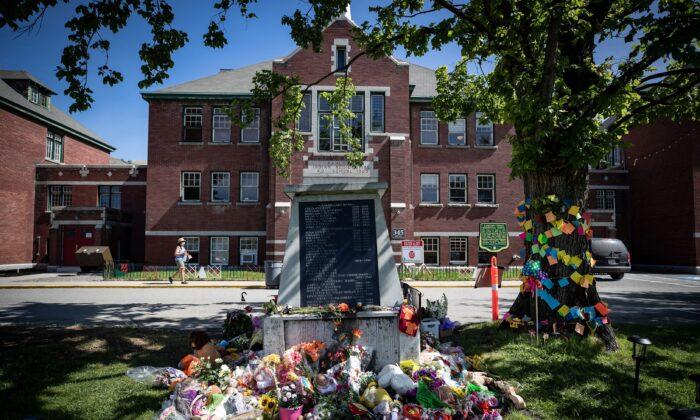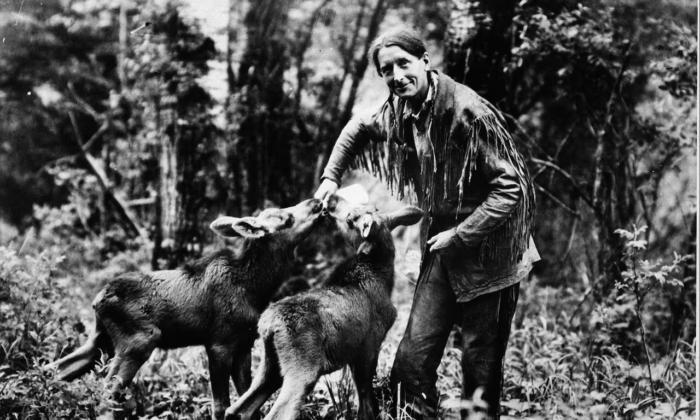Including the Kamloops site, where ground-penetrating radar was used to detect the graves, reputed unmarked grave sites at 34 residential schools and potential burial locales have been identified since May 2021. Nevertheless, not a single body associated with any residential school has been recovered, let alone forensically examined. Although five of the six pre-Kamloops searches found human remains, none represented missing Indian Residential School (IRS) students or other missing persons.
The Roman Catholic school, which was demolished in 1974, is said to be the last whereabouts of 89 “missing” children representing at least four different aboriginal groups who attended the school between 1880 and 1953.
This destructive act is particularly troubling because the Catholic Diocese of St. Paul sold the building to All Nations Church, a non-denominational organization based in Fort McMurray, in December 2020, and because Fort Chipewyan has not had a local priest for decades.

It bears questioning why some bands that so far haven’t come across any “unmarked graves” are searching for them, when no children are being searched for by any of their relatives. How can children be missing when nobody knows their names or is looking for them?
Also, why was “an archaeological team from the University of Alberta … hired to search the former school grounds for potential unmarked graves,” as the Edmonton Journal reported in an article about the Holy Angels school, when there is no evidence to suggest that students were secretly buried?
According to the NCTR, “Following the direction provided by Survivors [i.e., any indigenous person who attended an IRS] during the community engagements held in 2018 and at the National Gathering of Elders, only the names and dates of death will be public.”
But this directive should not have prevented the NCTR from publishing a summary of the cause of death and place of burial for each individual school—something it did for the schools as a whole. Refusing to publish the school-level findings may have helped precipitate the trauma and rage felt by indigenous people across the land, resulting in church burnings like the Fort Chipewyan one.
To this day, it remains unclear how hard the NCTR has been looking for the fate of the “missing children” in publicly available archival sources. If it has been working diligently on this issue, no detailed findings have been released to the public or the affected communities since 2015. This would be unconscionable.
Other research has shown that so-called “students who never returned” from their residential schools were often sent home when terminally ill. If they died in the school infirmary, their remains were transported to their reserves whenever it was feasible. And if they died in a nearby hospital, they were often interred on its grounds or in a nearby cemetery if they could not be sent home.
But the best evidence that there are no missing children comes from TRC/NCTR records and from our understanding of traditional indigenous mortuary practice. Of the 89 memorialized Holy Angels children, only 14 (16 percent) died less than 80 years ago. The last student died in 1953, 69 years ago. Like most peoples, whether literate or not, the Chippewa/Ojibway/Métis/Cree ethnic groups whose children attended Holy Angels did not maintain detailed multi-generational genealogies. Together with the widespread neglect of existing reserve cemeteries full of long-decayed wooden markers that were never replaced, this helps explain why no band members are frantically looking for missing ancestors who died more than seven decades ago.
In sum, there is no proof that any student listed on the Memorial Register for the Holy Angels or any other IRS was not appropriately buried or that their death certificates were not signed by the proper authorities. Nor is there evidence of a single child murdered and tossed into an unmarked grave in the dead of night at any government-supported IRS during the schools’ 113-year period of operation.





